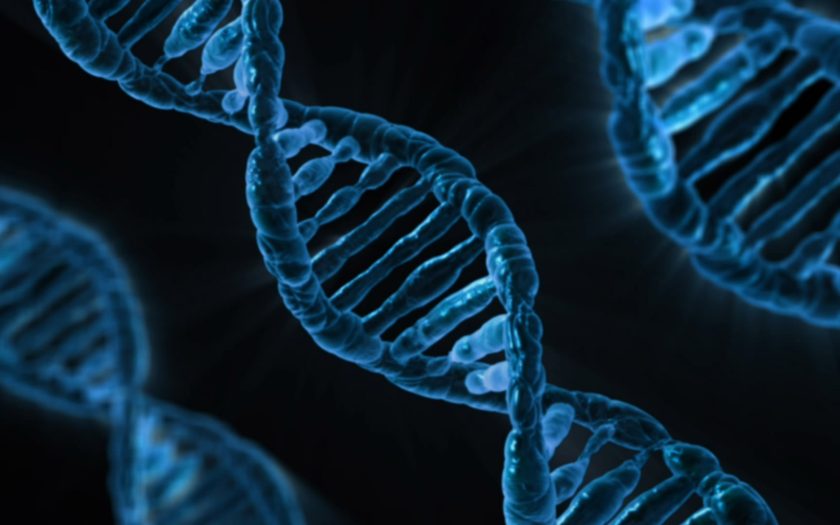Parents dream of their child being healthy and happy. But every person in the 20th century has certain health problems. Some can be cured, some will cause significant discomfort, but can be cured fairly quickly, and there are those that cannot be cured by any of the available methods. Such diseases are mainly genetic pathologies.
As you know, the appearance of a person, some features of his character and the internal structure of cells and tissues of organs is determined by special proteins – DNA molecules. All information about a person is recorded in them.
If we ignore the possibility of the DNA chain being damaged or changed in general, then each person has fifty percent of his mother’s genes and the same amount of his father’s genes. Each of the parents has a similar situation; they have genetic material from their parents. That is, each person has about twenty-five percent of the genes of their grandparents. These are very approximate numbers, because there is a possible risk of a minor mutation – the evolution of genes or their degradation.
According to one of Murphy’s Laws, which states that anything bad that has a chance to happen, will happen, the chance that the child will have the genes for the disease is very high.
Of course, when the genes of two parents are combined, a positive result can be obtained: there will be an activator gene and a deactivator gene in the gene chain. Then the disease will not be able to develop. There are also diseases that are activated only by an external factor. The clearest example is allergy. In order to avoid allergy symptoms, sometimes it is enough not to inhale/consume substances that contain a certain product that is an allergen for the body.
But some ailments are less innocent than allergies, and therefore modern geneticists are actively working on creating a tool capable of changing the genetic code without harming living organisms. Currently, scientists are able to recognize more than a hundred diseases in the genetic chain, but this is an incredibly small percentage.
Prenatal diagnosis is a method of determining genetic problems of the fetus in the womb. So far, doctors cannot cure such diseases at such an early stage, but this will already help parents prepare for the future life of the child. For example, if he has hemophilia (a disease in which blood clotting is impaired), parents need to protect the child from any possible blows and injuries. It is also desirable to find a doctor who specializes in this problem and can give useful recommendations. In addition, it should be borne in mind that it may be necessary to have special drugs, such as tranexamic acid (Cyklokapron, Trapic). This substance belongs to a group of medications called antifibrinolytics. Tranexamic Acid works by preventing the action of certain enzymes in the body that break down blood clots.
We can only hope that soon science will invent methods of high-quality diagnosis and effective treatment so that people with genetic diseases have the opportunity to live a quality life.

